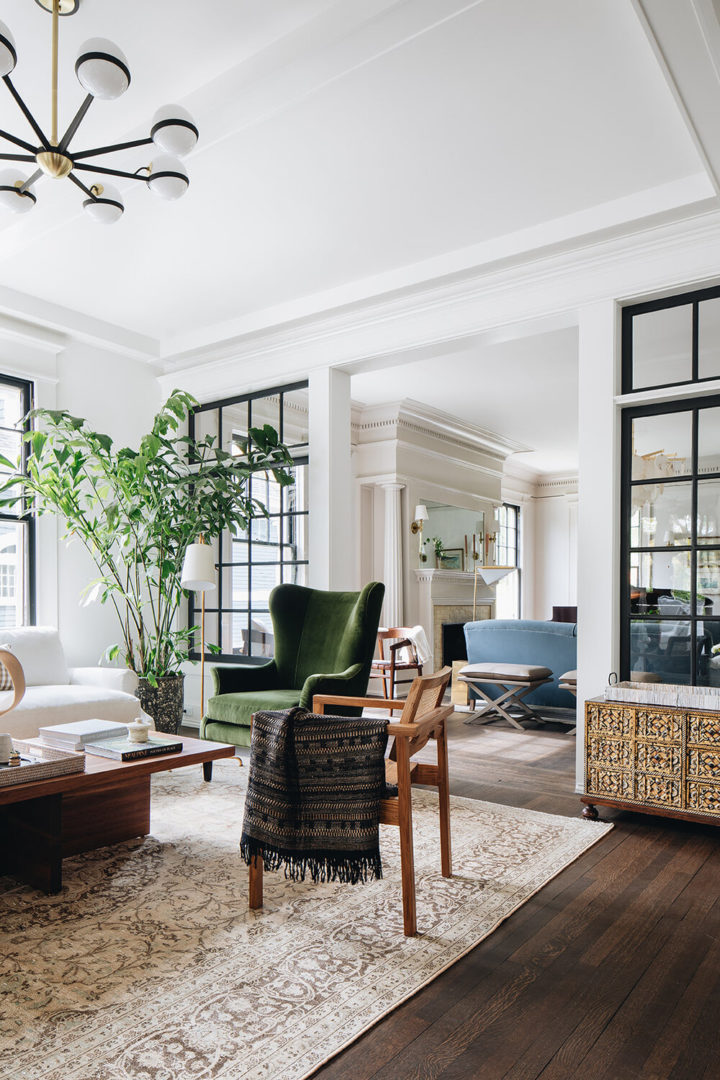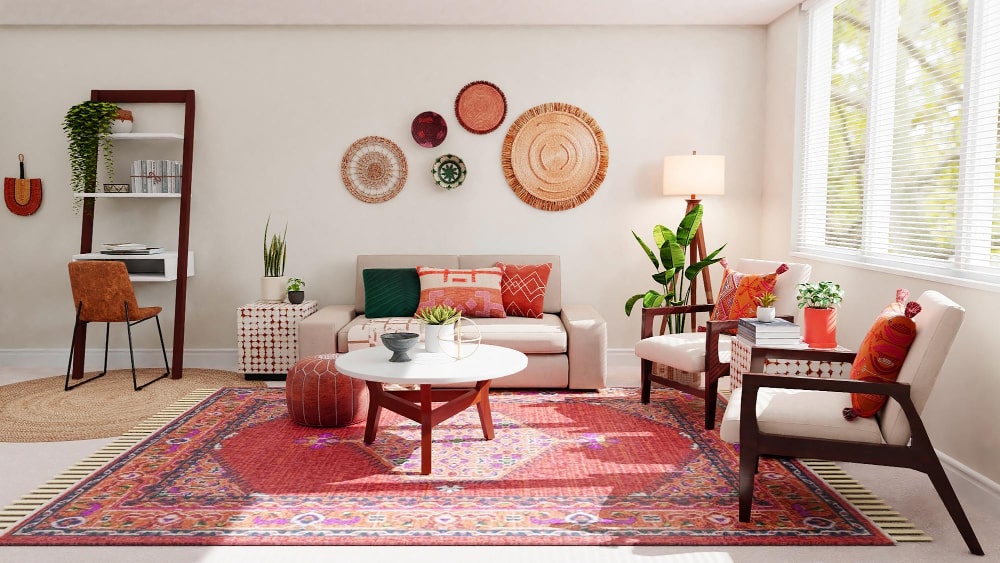Transform Your Home With Crucial Concepts of Interior Decoration and Visual Appeals
The art of changing your home through the crucial principles of interior decoration and visual appeal needs a thoughtful approach that balances shade, balance, and spatial recognition. By recognizing the impact of shade concept and the relevance of appearance and patterns, one can produce rooms that are not only aesthetically enticing but likewise deeply personal. Achieving this balance includes more than mere decoration; it incorporates a strategic arrangement and a keen understanding of exactly how each aspect connects within a space. As we check out these foundational principles, think about just how they might redefine your understanding of home and individual expression.
Understanding Color Theory
Comprehending the concepts of shade concept allows developers to develop spaces that resonate emotionally with owners while meeting useful demands. Each category plays an essential duty in developing consistency within a room.
The psychological impact of colors is profound; warm colors such as reds and oranges evoke energy and heat, while trendy tones like blues and greens promote calmness and serenity. Moreover, using complementary shades improves visual interest, producing striking contrasts that can raise a space's charm.
Neutral shades, on the other hand, serve as a flexible background, enabling other style aspects to radiate. It is crucial to take into consideration aspects such as illumination and the room's purpose when choosing a color scheme, as these can change the assumption of colors throughout the day.
Eventually, a well-considered color pattern can change an area, cultivating a feeling of convenience and design that aligns with the residents' choices. Mastery of shade concept is, as a result, a crucial ability for any type of interior developer aiming to develop harmonious and inviting settings.
Accomplishing Equilibrium in Layout
How can designers achieve a sense of stability in their areas? Achieving equilibrium in style is basic to developing harmonious interiors. Designers can use three main sorts of balance: balanced, unbalanced, and radial. Balanced balance entails setting up components evenly around a central factor, cultivating a sense of order and tranquility. This type usually includes sets of furnishings or art work, enhancing visual stability.
Asymmetrical balance, on the various other hand, relies upon varying components that still accomplish a natural look. This method enables for even more vibrant and informal plans, giving passion while maintaining stability. By meticulously selecting varying sizes, colors, and structures, developers can develop an aesthetically compelling room that feels well balanced yet energetic.
Radial equilibrium highlights a central focal point with elements radiating outside. This design is frequently seen in round formats, where furnishings and decor create a natural surround that draws the eye internal.
Eventually, achieving equilibrium calls for thoughtful factor to consider of range, percentage, and the relationships in between elements. interior design firms. By skillfully using these equilibrium concepts, designers can change areas right into settings that really feel both aesthetically pleasing and functionally harmonious, improving the overall experience for residents
Relevance of Spatial Recognition

An eager sense of spatial understanding allows developers to recognize focal points within a space, guiding the viewer's attention to essential functions while keeping a general feeling of unity. It also assists in the tactical placement of lighting, which can dramatically influence the perception of room and mood. Comprehending spatial partnerships makes it possible for the designer to provide to the details needs of occupants, ensuring that each area offers its designated function without jeopardizing visual appeals.
Inevitably, spatial understanding is critical for maximizing the potential of any type of interior area. By very carefully taking into consideration the interplay between measurements, layout, and feature, developers can develop environments that not just meet practical about his needs however also stimulate a sense of convenience and beauty, boosting the overall living experience.
Including Texture and Patterns
Accepting a diverse series of textures and patterns can significantly improve the aesthetic and tactile appeal of an interior area. The calculated usage of numerous products-- such as wood, metal, material, and stone-- creates deepness and passion, making a space really feel more inviting and vibrant. For example, incorporating smooth surfaces with harsh textures can develop a balance that attracts the eye and engages the detects.
When including patterns, think about both range and repetition. Huge patterns can work as centerpieces, while smaller, refined layouts can complement various other elements without overwhelming the space. Layering patterns, such as pairing flower cushions with striped tosses, includes complexity and a sense of consistency if performed thoughtfully.
It is likewise vital to keep a natural shade combination, ensuring that appearances and patterns interact as opposed to complete for focus. By selecting a couple of crucial textures and patterns, you can create an unified aesthetic that shows your individual style while boosting the overall setting of the space. Inevitably, the cautious unification of these elements can transform an ordinary area right into an innovative setting rich with personality and heat.
Individualizing Your Area
Creating an area that shows your personality is important to achieving a genuinely inviting setting. Customization in interior decoration allows you to infuse your special design and interests right into your home, transforming find it from a mere shelter into a sanctuary that speaks with that you are. Begin by choosing a color scheme that resonates with your emotions-- vibrant tones can invigorate, while soft tones provide tranquility.
Include art work and style that reflect your enthusiasms, whether it be travel, nature, or abstract concepts. Displaying individual collections, such as books, pictures, or keepsakes, can stimulate treasured memories and produce prime focus within a room. Furthermore, think about tailoring functional pieces, like upholstered furnishings, to straighten with your aesthetic preferences.

Verdict
To conclude, the change of a home with the important principles of interior decoration and looks demands a thorough understanding of shade theory, equilibrium, spatial understanding, appearance, and personalization. Each element contributes dramatically to producing a harmonious and practical living atmosphere - miami luxury interior design. By attentively incorporating these concepts, people can enhance the aesthetic appeal and psychological resonance of their rooms, inevitably cultivating a home that shows distinct identifications while giving convenience and practicality